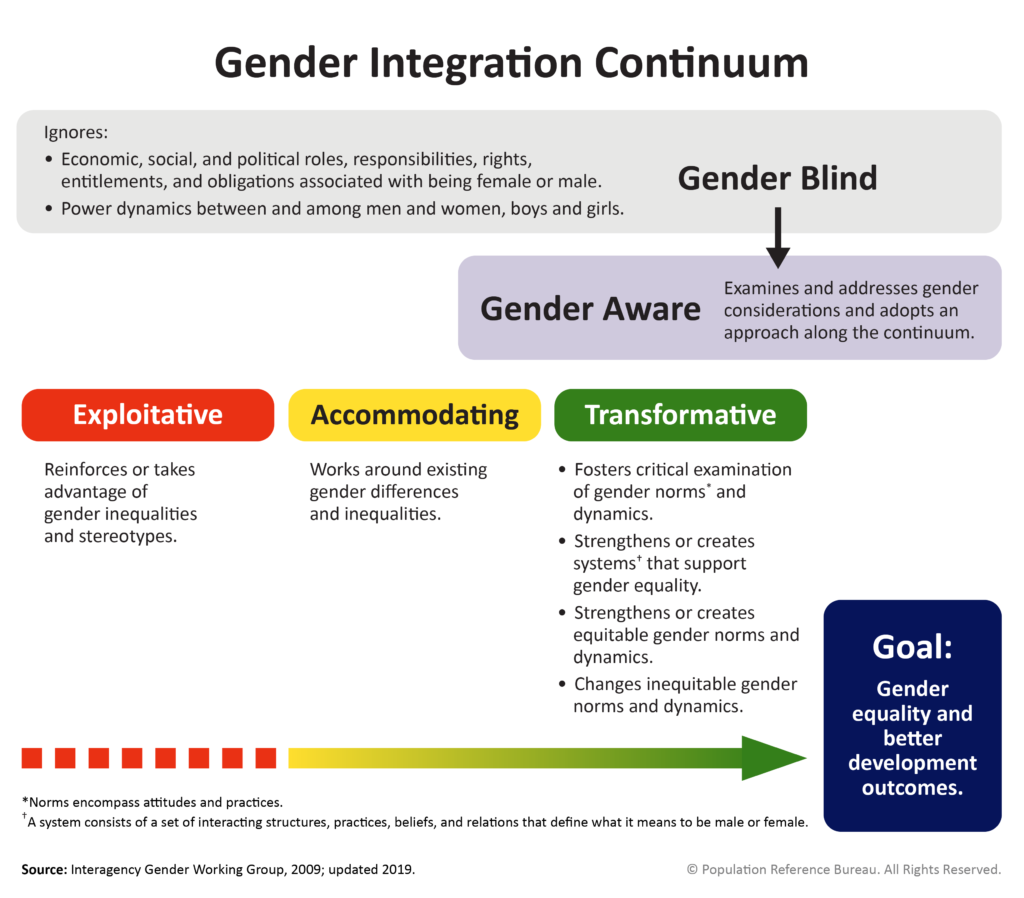Young and Married: Understanding the Experiences and Needs of Adolescent Girls and Young Women in Bangladesh, Mauritania, Nepal, and Tanzania
Understanding the complexities around how girls and young women exercise their power within or outside marriage is essential to better understand how to support girls and young women. This report aims to do just that and to more fully recognize the experiences and needs of girls and young women who are already married. This report highlights the struggles, including a high risk of violence and negative traditional gender roles, these girls and young women are facing while attempting to find a better situation for themselves, and offers recommendations for policy and programming.


